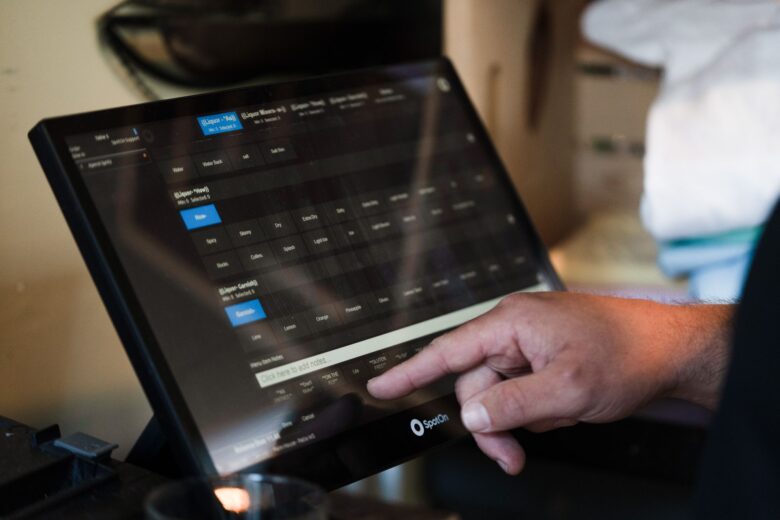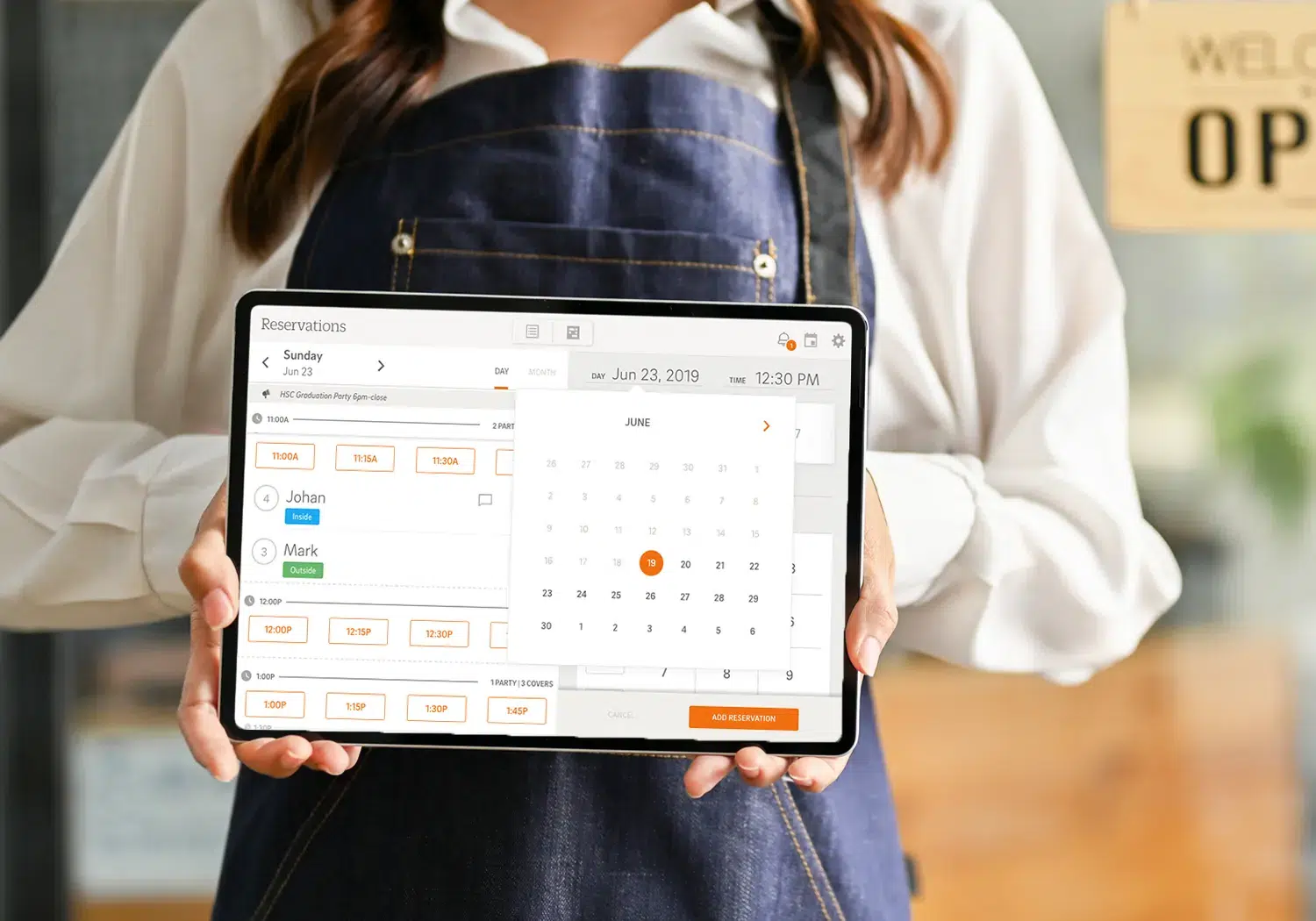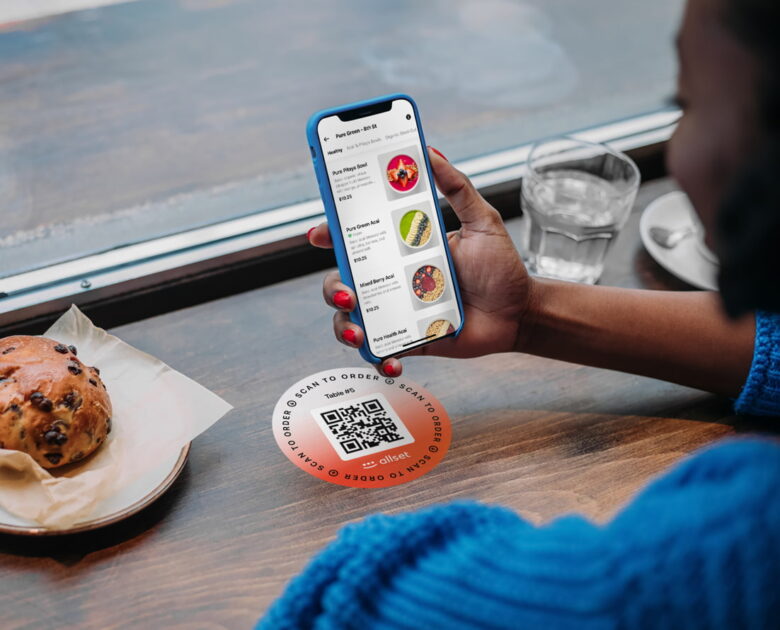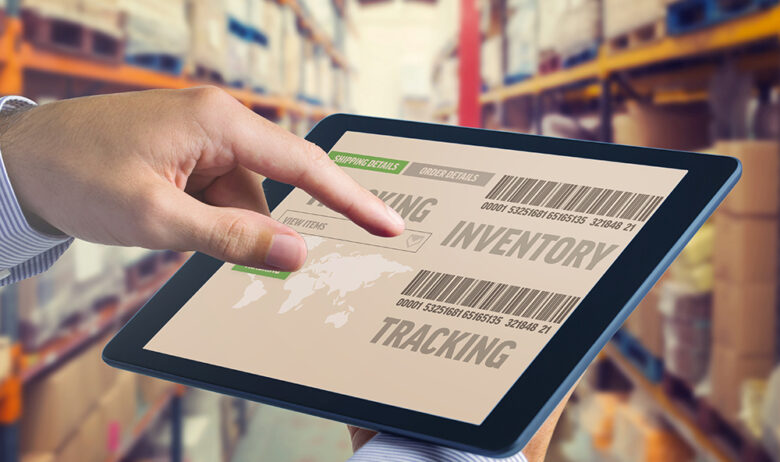In today’s fast-paced world, the restaurant industry is evolving rapidly, and keeping up with the latest technology can significantly impact your business’s success. From enhancing customer experiences to streamlining operations, integrating core technology systems into your restaurant can make a world of difference. In this article, we’ll explore six essential technology systems that can help your restaurant thrive.

Source: spoton.com
Contents
Streamlined Point of Sale (POS) Systems
A restaurant’s heartbeat is its point-of-sale system. The days of clunky cash registers are long gone, replaced by sleek and efficient POS systems that go beyond simple transaction processing. These modern systems are designed to manage every facet of your restaurant’s operations, from processing payments to tracking inventory and providing valuable data insights.
One of the standout features of today’s POS systems is their ability to create customizable menus that can be easily adjusted based on changing ingredients, specials, or dietary preferences. This flexibility enables your staff to efficiently take orders and make modifications, ensuring accurate communication between the front-of-house and back-of-house teams.
Additionally, modern POS systems often include split-check capabilities, which simplify the process of dividing bills among large parties. This feature not only speeds up the payment process but also minimizes confusion and enhances customer satisfaction. You can even use loyalty programs within POS systems to reward your repeat customers, fostering a sense of appreciation and encouraging them to visit your establishment more frequently. As a result, these systems not only streamline operations but also contribute to building lasting customer relationships that can be pivotal for your restaurant’s long-term success.
Smart Reservation and Waitlist Management
Managing reservations and waitlists can be a logistical challenge for any restaurant, especially during peak dining hours. Restaurant technology has come a long way and smart reservation and waitlist management systems are just one example of the ways to use technology to improve restaurant processes.
Traditionally, reservations were often taken over the phone, leading to missed calls, misunderstandings, and errors. With smart reservation systems, customers can easily make bookings online, eliminating the hassle of phone calls and ensuring accuracy in booking information. These systems also offer dynamic waitlist management, which optimizes table turnover and minimizes customer frustration. When a table becomes available, the system automatically sends a notification to the next party on the waitlist, reducing wait times and enhancing the overall dining experience.
The benefits of these systems extend to restaurant staff as well. Front-of-house personnel can efficiently manage reservations, allocate tables, and anticipate peak hours, allowing for better staffing decisions. As a result, smart reservation and waitlist management systems contribute to smoother operations, happier customers, and more effective staff utilization.

Source: madmobile.com
Efficient Kitchen Display Systems
In the bustling environment of a restaurant kitchen, clear communication and precise execution are paramount. Enter Kitchen Display Systems (KDS), which have replaced traditional paper tickets with digital screens, offering real-time updates and streamlined communication.
With a KDS, the orders placed by the front-of-house staff are instantly transmitted to the kitchen, reducing the risk of order errors due to illegible handwriting or miscommunication. This results in faster and more accurate food preparation, ultimately leading to quicker table turnover and improved customer satisfaction.
Additionally, KDS allows for easy modification of orders, enabling the kitchen staff to accommodate special requests or dietary restrictions without the need for paper-based communication. This level of flexibility ensures that each customer’s needs are met, enhancing the overall dining experience.
Furthermore, KDS provides valuable insights into kitchen efficiency and order processing times. By analyzing this data, restaurant owners and managers can identify bottlenecks, optimize workflows, and make informed decisions to enhance the kitchen’s productivity.
Contactless Ordering and Payment
Contactless ordering and payment systems have quickly emerged as a solution to minimize physical contact with people and it enhances safety for both customers and staff. By scanning a QR code with their smartphones, customers can access digital menus, browse food and beverage options, and place orders seamlessly. This technology not only reduces the need for physical menus but also allows customers to take their time making decisions without feeling rushed by servers.
Contactless payment options further enhance the dining experience. Customers can settle their bills using their smartphones, eliminating the need for physical credit cards or cash transactions. This convenience not only speeds up the payment process but also aligns with the modern consumer’s preference for digital interactions.
Even as the world moves forward, the convenience and safety offered by contactless ordering and payment systems continue to resonate with customers. Implementing these systems not only reflects your commitment to customer well-being but also adds a modern touch to your restaurant’s overall ambiance.

Source: allsetnow.com
Data-Driven Customer Relationship Management (CRM)
Understanding your customers on a deeper level is the foundation of building lasting relationships and fostering loyalty. This is where data-driven Customer Relationship Management (CRM) systems come into play, helping you gather and analyze valuable insights about your clientele.
Modern CRM systems collect data from various touchpoints, such as online reservations, loyalty program participation, and customer feedback. By consolidating this information, you can create comprehensive customer profiles that include dining preferences, dietary restrictions, and even special occasions like birthdays or anniversaries.
This wealth of information enables you to personalize customer experiences in meaningful ways. For instance, you can recommend menu items based on past orders, send targeted promotions to specific customer segments, or even surprise loyal patrons with special treats during their visits.
Moreover, CRM systems enable you to gather and address customer feedback more effectively. Whether it’s positive praise or constructive criticism, timely responses demonstrate your commitment to improving the customer experience and can potentially turn dissatisfied customers into loyal advocates.
Inventory Management and Supply Chain Optimization
Efficient inventory management is crucial for cost control, waste reduction, and maintaining consistent menu offerings. Modern technology has transformed inventory management from a manual task to an automated and data-driven process.
Inventory management systems offer real-time visibility into stock levels, enabling you to keep track of ingredients, beverages, and supplies. Automated alerts notify you when stock levels are running low, ensuring that you’re always well-prepared to meet customer demands without overstocking.

Source: allthingssupplychain.com
These systems can also optimize your supply chain by analyzing historical data and predicting demand patterns. This allows you to order ingredients in the right quantities and at the right times, minimizing wastage and reducing operational costs.
